1
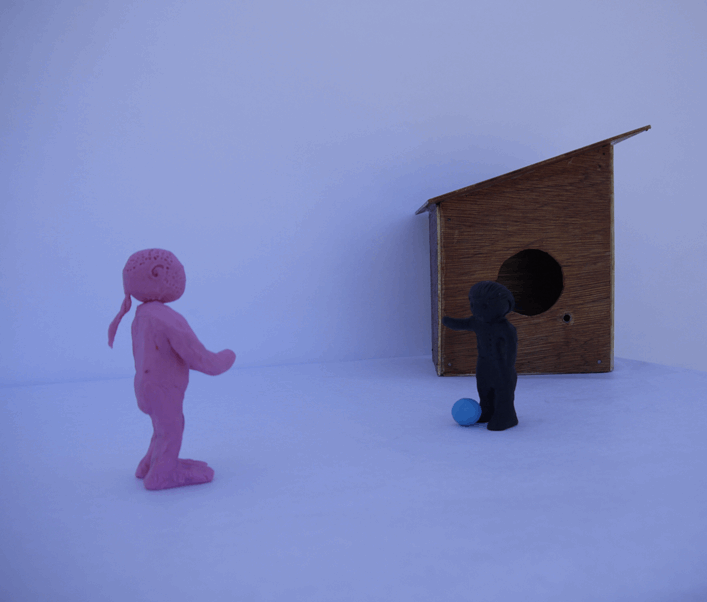
Pinkie and Blackie have fun together when they play football.
2

Their fun is over when they have conversations.
3
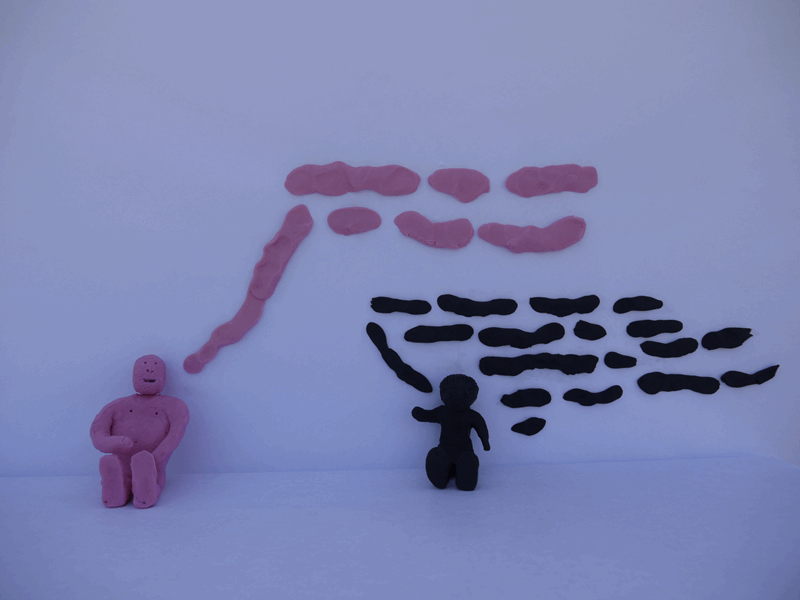
They talk and talk but... Are they really listening to each other? Do they understand what the other is saying? In the end, they always find it boring to talk to each other.
4
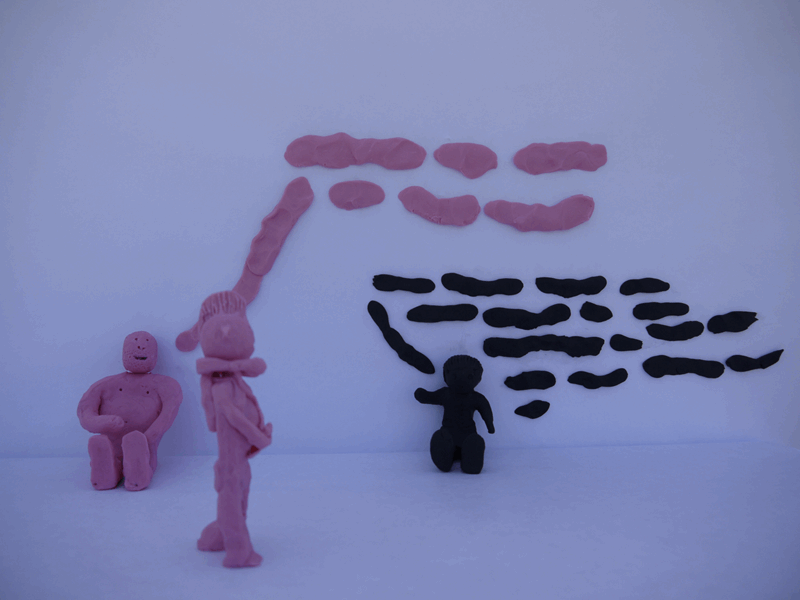
One day, while Pinkie and Blackie were having a conversation, a teenager called Punkie passed by. He noticed that Pinkie and Blackie were having some problems.
5
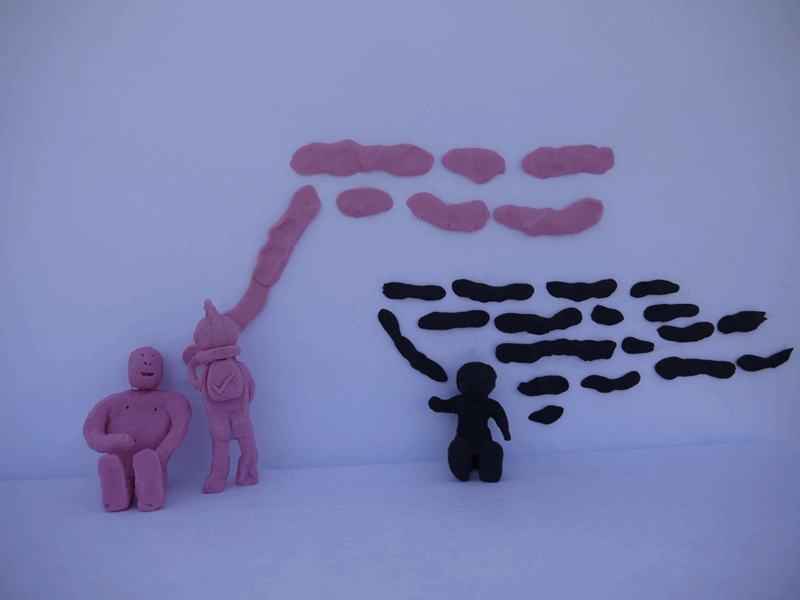
Punkie had an idea. He took a piece of Pinkie´s words.
6

And put it in front of Blackie´s words. Pinkie could finally see a little bit of himself in Blackie´s words and for the first time, he felt understood and listened to.
7
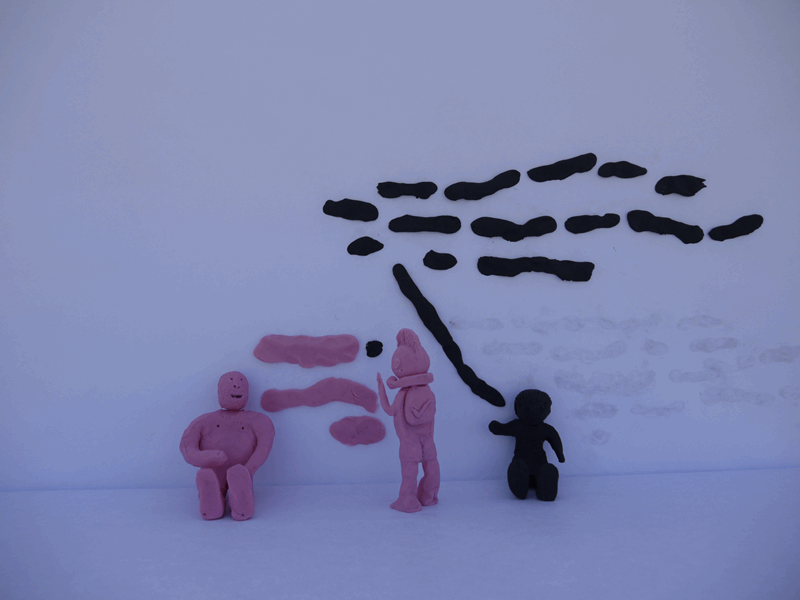
And Punkie did the same with Blackie´s words. He took a little piece of them and put it in front of Pinkie´s words. Blackie felt some relief and was happy to see that his friend Pinkie was telling him that communication was taking place.
8
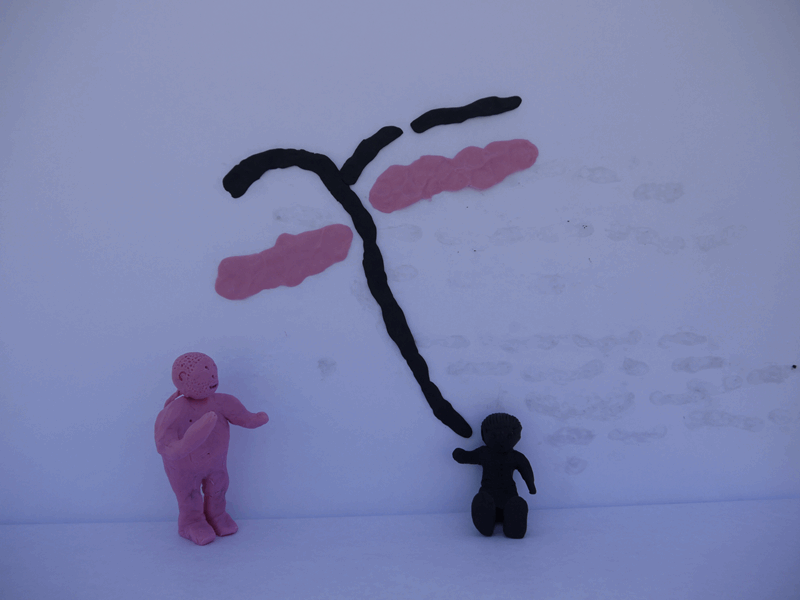
But Blackie loves talking and can talk very fast. And Pinkie is sometimes not fast enough when expressing his ideas. Blackie uses Pinkie´s silent pauses to start talking again. This is annoying for Pinkie, of course.
9
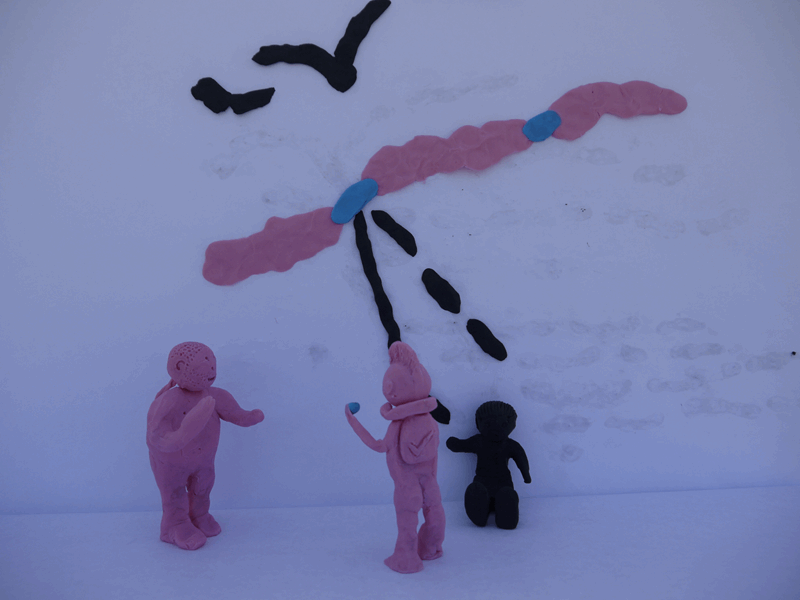
Punkie had an idea. He gave Pinkie a blue stuff to bridge the silent pauses between his words. This way, Blackie cannot jump through Pinkie´s words now and Pinkie can continue talking.
10
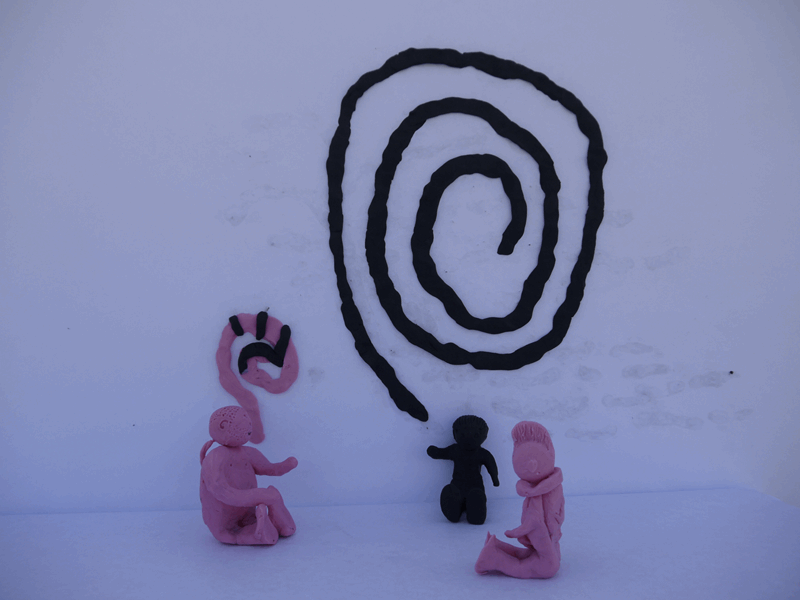
Punkie also helped Pinkie and Blackie to react to each other´s feelings. When Blackie talked about how sad he was feeling, Pinkie could mirror Blackie´s feelings by creating a small black spiral similar to the big one created by Blackie.
11

Blackie could also mirror Pinkie´s joyful feelings. Blackie created his own small version of Pinkie´s ever-growing tree of happiness.
How Punkie taught Blackie and Pinkie to use the three types of short phrases
Type 1: OK!
Punkie took a piece of Blackie´s words and put it in front of Pinkie´s words. He did the same with Pinkie´s words. This way they could hear and check that they were understanding and listening to each other.
Type 2: That´s sad! That´s great!
Punkie taught them how to show empathy by mirroring each other's feelings. Pinkie mirrored Blackie´s spiral of sadness and Blackie mirrored Pinkie´s ever-growing tree of happiness.
Type 3: Uhm…
Punkie helped Pinkie to bridge the gap of his silent pauses by filling them with a blue stuff.
Look at the good results!
Blackie: You seem sad, Pinkie. What’s wrong?
Pinkie: Uhmm... nothing Blackie.
Blackie: Come on! What 's up?
Pinkie: OK, I’ll tell you. I dropped my new mobile phone by accident and I think it is completely broken.
Blackie: Oh, really?
Pinkie: And I don’t know how I am going to tell my parents.
Blackie: Well, let me see… Maybe it is not as bad as it seems.
Pinkie: (He gives his mobile phone to Blackie) Here you are!
Blackie: You only broke the screen protector and this is cheap to replace. Don’t worry!
Pinkie: That’s great! You made my day! Thanks, Blackie!





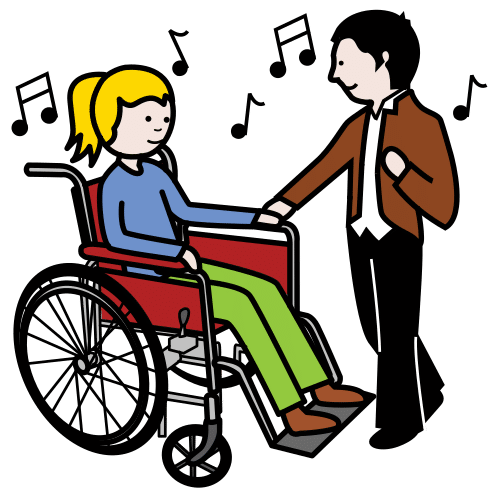

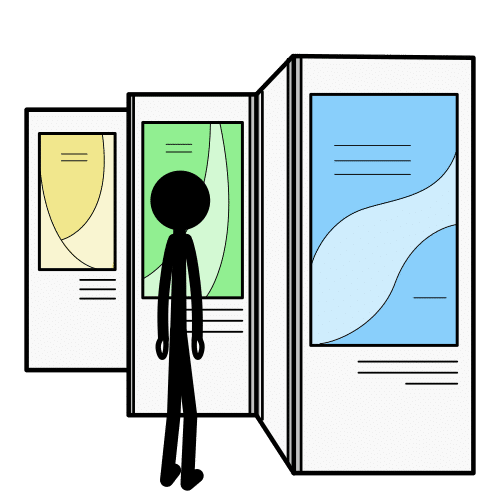


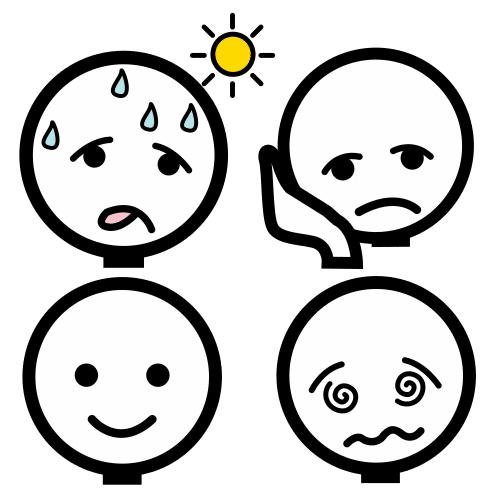

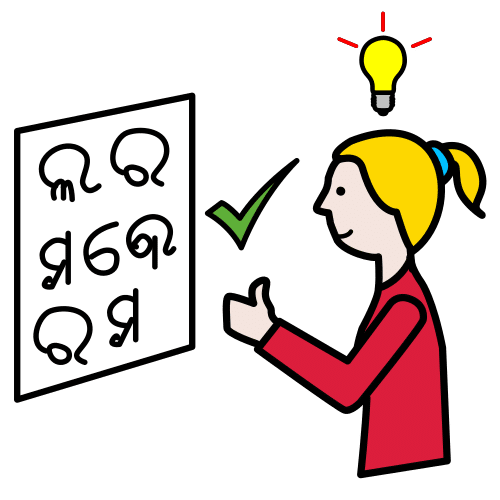


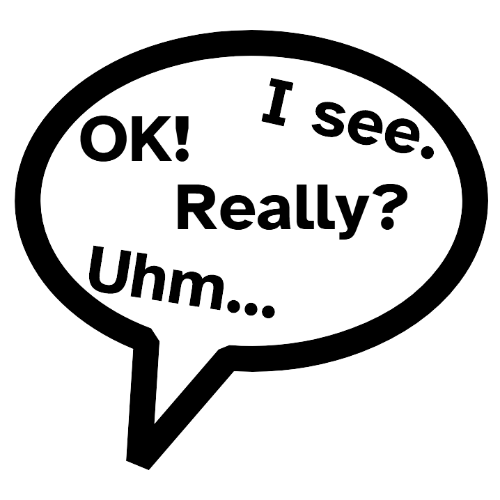 We use short phrases to show that:
We use short phrases to show that: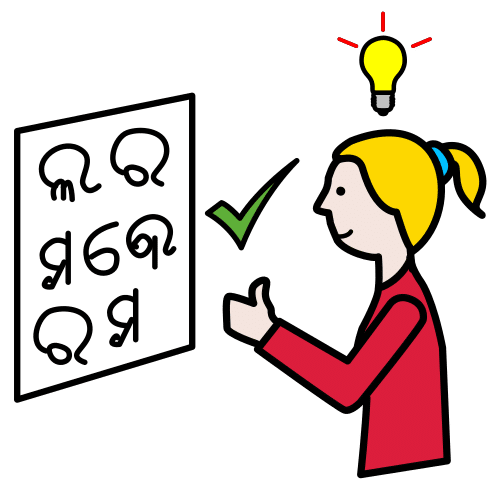 - You understand the conversation.
- You understand the conversation. -You react to the feelings of the other person.
-You react to the feelings of the other person. - You need more time to think.
- You need more time to think.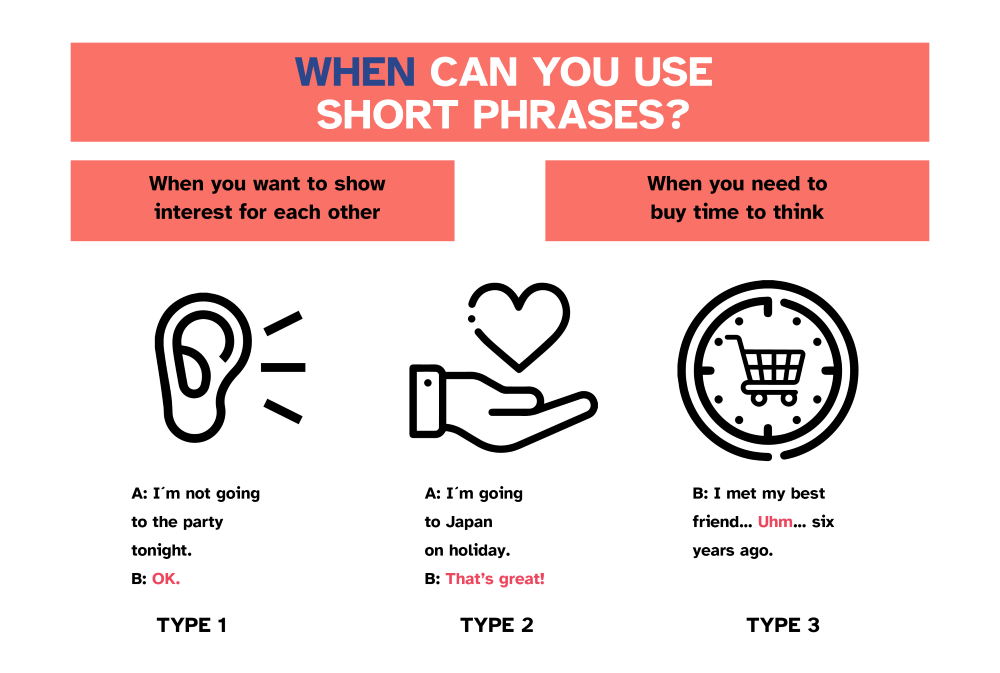











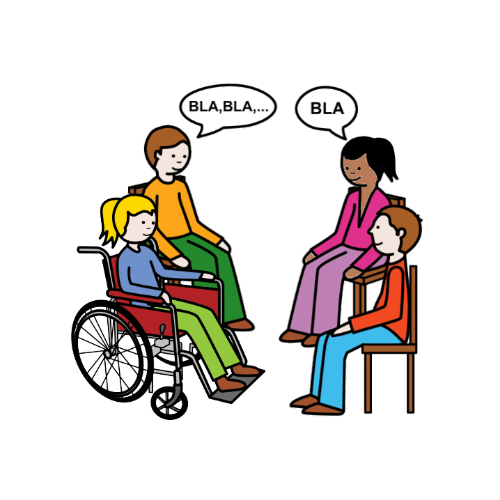 Work in groups of four.
Work in groups of four. Two people have a conversation.
Two people have a conversation. Two others show the right card for the conversation.
Two others show the right card for the conversation.